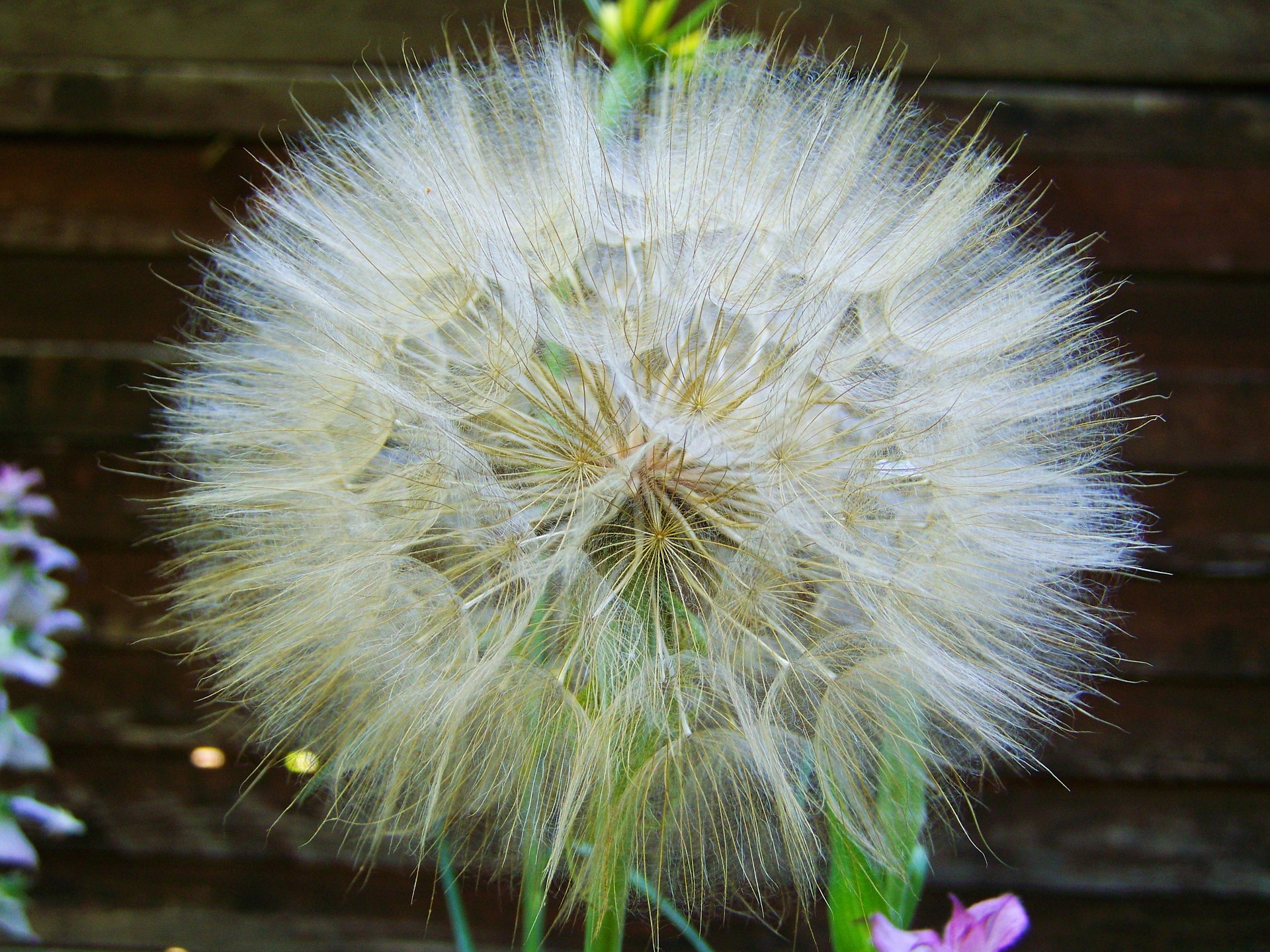Seed-borne disease of vegetable crops (such as black rot, tomato mosaic virus, scab, and more) can be reduced or eliminated simply by using a hot water seed treatment. Even if seed-borne disease is just suspected, it may be worthwhile to treat the stock seeds to avoid infection of an entire seed crop. High temperatures of the hot water treatment penetrate into the seed and kill any diseases within. However, each crop has a specific temperature limit, above which the treatment begins to kill the seed, severely reducing the germination rates. Older seeds are especially prone to heat damage. If saving seeds commercially, it is wise to heat-treat a small test a batch of seeds followed by a germination test to ensure that you don’t damage them.
To heat-treat place seeds in a cloth bag or cheesecloth with a weight attached to it so that the bag is fully immersed in the water. Use an accurate thermometer to measure the temperature of the water. Preheat the seeds in 100 degrees Fahrenheit water for 10 minutes. Then transfer the seeds to the appropriate water temperature. Keep some cool water nearby in case the water treatment overheats. Heat the seeds to the proper temperature and time according to the chart. After they have been submerged long enough, cool them under tap water, and spread them out to dry at a temperature of 70-75 degrees Fahrenheit.
This information was originally published in the book “Organic Seed Production and Saving” NOFA Organic Principles and Practices Handbook Series, by Bryan Connolly.
To find locally saved seeds from your area, visit Pick-A-Pepper.com!
Similar Stories:
- Seeds to start now for spring planting
- ADAPTING YOUR POND TO CLIMATE CHANGE
- Five Myths About Food Safety and Home Gardens
- The Shelf Life of Seeds
- Scientists have found a way to pull water from the air using only energy from the sun




